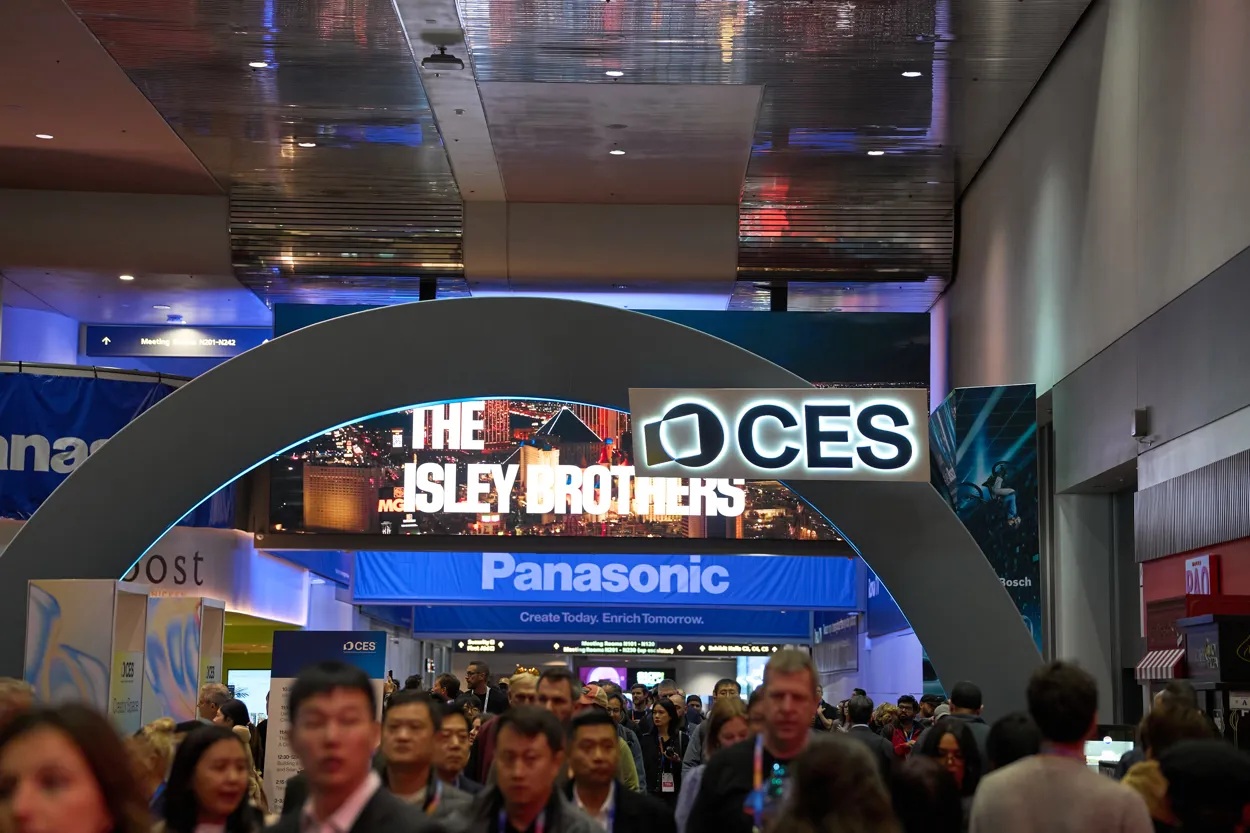Hitachi steps forward with 3Gb/s camera technology

When it comes to introducing the most advanced imaging acquisition technology to the U.S. broadcast market first, Hitachi is not a name that quickly comes to mind. In the past, the company has typically developed “me too” camera products that others have pioneered, ensuring limited success (in terms of camera sales to the most high-profile broadcasters and live production companies) with lower prices and, typically, less features.
For example, Hitachi was not first to introduce high-definition CCD sensors across its camera line, but its SK-HD1000 has become popular in smaller stations and college A/V departments looking for value above all else. Executives at Hitachi say their goal is always to develop cameras that “offer maximum ROI and capital investment protection.”
“Hitachi is a company that typically has not taken huge risks or gone out on a limb on any [camera] technology,” said Emilio Aleman, product manager for Hitachi’s Broadcast & Professional division. “And, in fact, we’re not the best at marketing our products, as some other manufactures are, but we have found our niche and are happy to support those customers who are looking for value and a reliable camera.”
That strategy may be changing however as, at NAB, Hitachi showed the industry’s first native-scan HD cameras that process and transmit a 1080p/60 signal. Other vendors (Ikegami and Sony) have shown 1080p/60p acquisition, but the interface between the camera head and the CCU remains an interlaced signal.
“We came to the show with the only camera systems with native 1080p sensors, internal processing, transmission and output at the camera CCU,” Aleman said. “We’ve been making cameras for a long time, and we now have a technical capability in our camera line that no one else can claim.”
The new cameras include three 2/3in, Ultra-Advanced Interline (UAIT) CCDs, based on the latest FPGA circuitry, that Aleman said ensures accurate color reproduction and the highest picture detail of any HD camera on the market.
While many camera companies are moving to CMOS sensors (to lower cost and streamline manufacturing), Hitachi thinks CMOS is “not up to snuff” when compared to CCD image quality and signal processing and is sticking to its charge-coupled devices. The new UAIT CCDs deliver the highest exposure latitude and most accurate depth-of-modulation curves that have ever been achieved with a television camera, Hitachi said.
The professional video industry's #1 source for news, trends and product and tech information. Sign up below.
In Vegas the company showed three new camera models: a studio-configuration version (SK-HD2200), a handheld camcorder (SK-HD1200) and a POV box-style camera (DK-HD200), which all are capable of distributing the highest quality HD signals out of the camera at 3Gb/s. Of course, not many in the industry are using such cameras — due to a lack of infrastructure to handle such bandwidth-hungry signals — but, the technology demonstration at Hitachi’s exhibit booth illustrated its intention to lead the industry instead of follow.
“We showed the cameras to prove to the industry that we have the capability to produce equal or better products than anyone else, even if there isn't a big demand right now,” Aleman said. “We didn't expect to sell many cameras at the show; it was just a technology demonstration of what is possible. When the industry decides it’s ready for 1080p/60 acquisition, it should know that Hitachi is ready to support it.”
In fact, the reaction from show attendees was “lukewarm at best,” but many eyes were opened to the fact that the “Holy Grail” of broadcast cameras was within its reach (literally, on the show floor).
The primary design concept of the new cameras is compliant the SMPTE424M standard, which allows for acquiring images at bit rates of 2.970Gb/s and 2.970/1.001Gb/s over a single-link coaxial cable. This makes them able to acquire 1080p video at 50 or 60 frames per second. The new Hitachi cameras also offer 30-bit 175MHz RGB processing, bidirectional fully progressive transmission and HD-SDI multiformat camera outputs.
The cameras can be used in either 1080/60p or 1080/60i modes via a flip of a switch, and their built-in digital fiber transmission system can be used with a single 3Gb/s camera or with two 1080i cameras. This reduces cabling (which is bulky and often difficult to set up and tear down) and facilitates the use of a pair of Hitachi box cameras in 3-D rigs. In addition, several aux and prompter channels can be sent to the camera head and provide trunk data in any format to and from the camera’s control unit (CCU).
At NAB Hitachi also showed new CCUs to complement the 3Gb/s series cameras that are capable of controlling up to 128 cameras as single unit. The TCP/IP compliant control systems provide multiformat outputs to support all worldwide HDTV standards and can be used with any combination of the new studio-body, portable or box cameras. The company said users could employ off-the-shelf data networking components and inexpensive cabling to set up a sophisticated, unmanned, camera control network across a LAN, MAN, WAN or the Internet.
“I think you’ll see a ‘new’ Hitachi going forward, one that wants to step into the limelight and looks forward to participating in shootouts with anyone’s products,” Aleman said.
